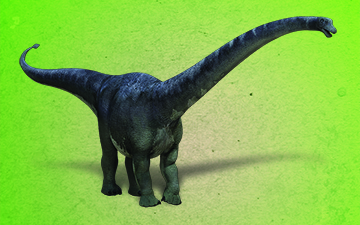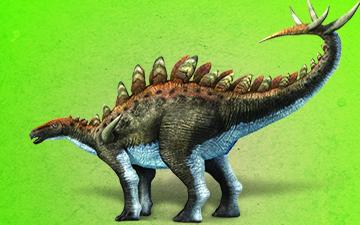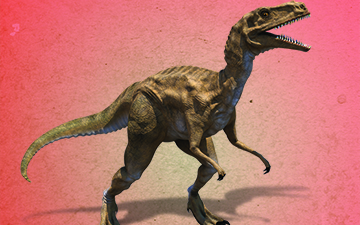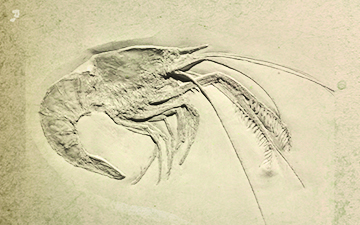Cards
(QUICK LINKS: Decks | plants | mammals | birds | | reptiles | fish | cephalopoda | insects | microbe | events
( scientist | project | modifier | technique |)

Mamenchisaurus
Mamenchisaurus


5 POINTS
Play: Mamenchisaurus had a MOVE of 2.
Fact: Had the longest neck of any creature that lived, stretching to 18 meters.

Metriacanthosaurus
Metriacanthosaurus


7 POINTS
Play: Metriacanthosaurus had a MOVE of 2.
Fact: Not much is known about this dinosaur, and it has been renamed 3 times since its discovery in 1923.

Huayangosaurus
Huayangosaurus


4 POINTS
Play: Huayangosaurus had a MOVE of 2.
Fact: This dinosaur had teeth in the front of its mouth and was also one of the smallest of the stegosaurus. It fed on ferns, cycads, and conifers.

Yangchuanosaurus
Yangchuanosaurus


6 POINTS
Play: Yangchuanosaurus had a MOVE of 2.
Fact: This dinosaur possessed a tail that made up half of its total length.

Monolophosaurus
Monolophosaurus


6 POINTS
Play: Nonolophosaurus
Play: The singe crest was hollow with canals that led to a nasal passage. This indicated that it had the ability to produce sound through the crest and to sing or call to a potential mate.

Shrimp
Aeger elegans


1 POINTS
Play: Aeger elegant had a MOVE of 1.
Fact: This is a species of shrimp that was found in the Solnhofen limestone of Germany.